A visionary French theatre artist, Antonin Artaud (1896-1948), had a strong desire to break away from the text-based theatre that dominated Europe in the 20th century.
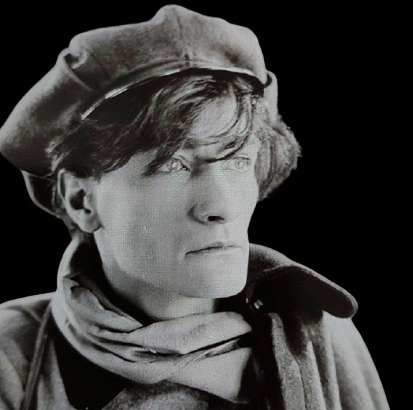
His personal experiences with mental illness, pain, madness, the body, and transcendence laid the foundation for a radical vision: a new form of theatre that would strike the audience directly through physical, spiritual, and violent shock. This was not violence for its own sake, but a deeply felt necessity — a kind of metaphysical cruelty, a confrontation with life’s most profound truths, and a rejection of superficiality.
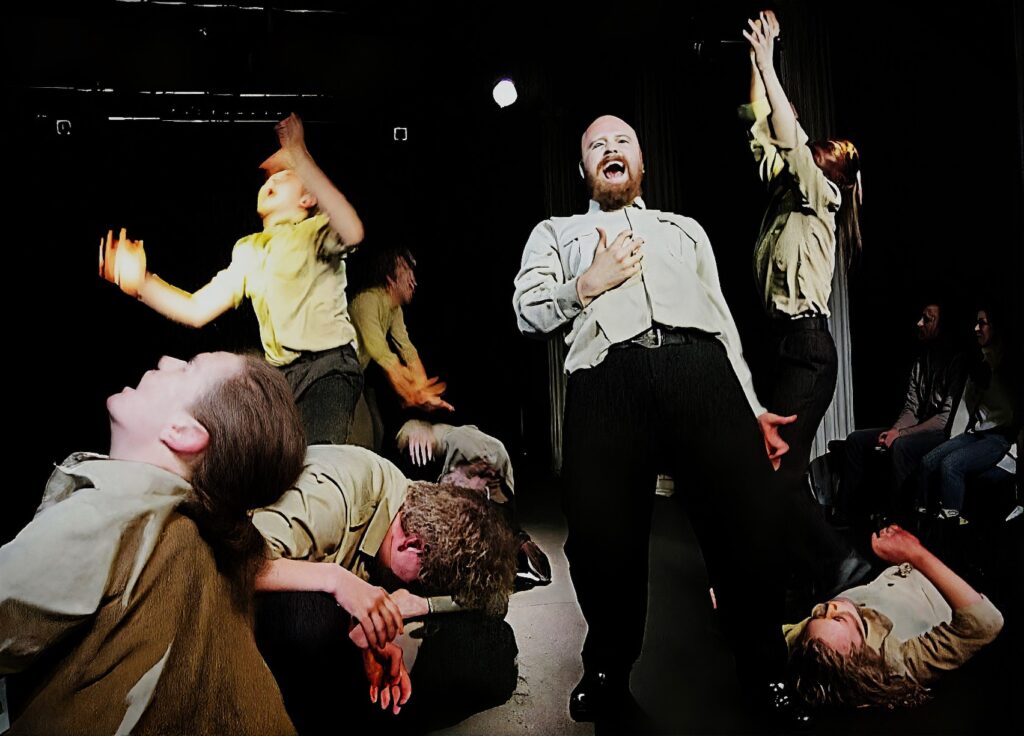
He wanted to free the theatre from what he called “the tyranny of literature.” Instead, it should be built on sound, light, rhythm, the body, and physical expression. Inspired by Eastern dance theatre, he created a ritualistic and physical language. Shock and transformation would shake the audience.
The actor was not to interpret, but to use their entire body and voice as an instrument for intense, symbolic expression. The audience was not meant to be entertained, but to be awakened and transformed at the deepest level of their being.
This is a highly demanding form of theatre. Norwegian actor and playwright Lars Øyno has preserved and further developed it with determination and persistence. He has shown how Artaud’s ideas remain relevant today in a ritualistic, visually powerful, and uncompromising theatre that challenges both the actor and the audience. His work has received considerable international recognition.
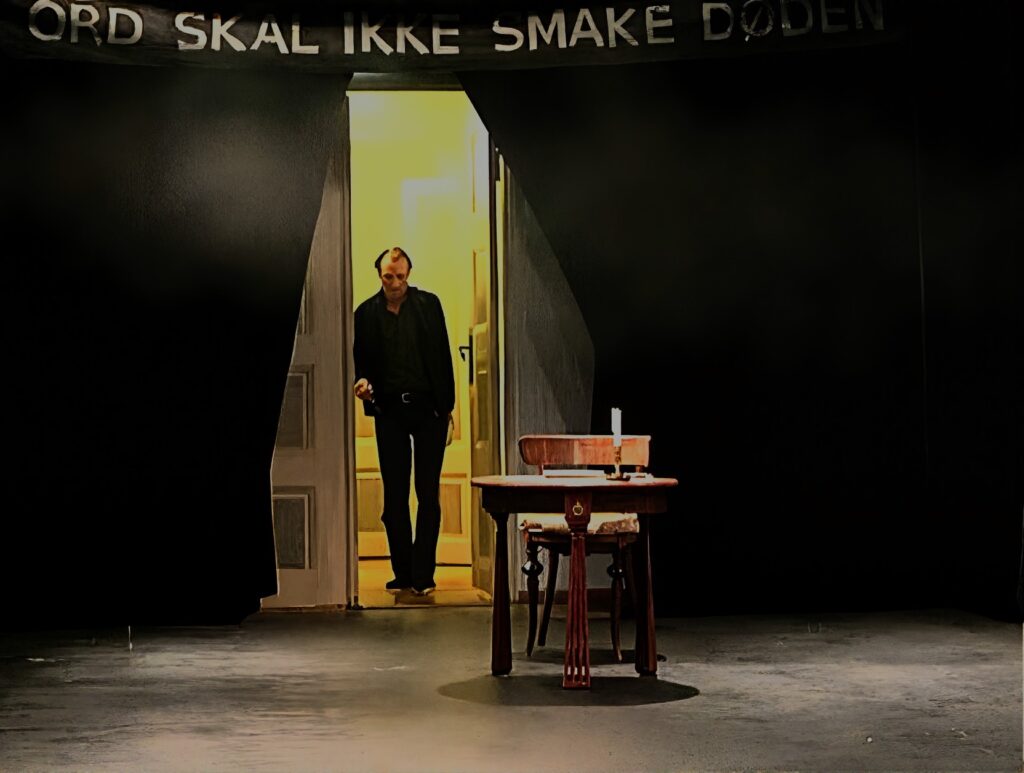
Øyno uses the voice as a physical and musical tool. He shifts between screaming, rhythmic repetition, whispering, and singing. This follows Artaud’s wish to create vibrations in the audience rather than explain anything. Øyno says he aims to create “a true theatre” and views his work as a manifesto against commercial, psychologically driven, and text-heavy institutional theatre.
Between 2007 and 2009, I filmed parts of his work with his ensemble. One such moment was a trip to Berlin, where Theatre of Cruelty’s version of Hans Christian Andersen’s fairy tale The Ugly Duckling was performed. The piece is a physical and ritualistic retelling of the story. The focus is on the body, masks, sound, and shock rather than traditional dialogue and psychology. The performance blends childlike naivety with war-like imagery. A poetic, dark, and rhythmic universe unfolds. Critics described it as a “bomb shelter cabaret” — an uncompromising experience that critiques society’s suppression of the different.
As part of my project to present some of my old film material, a short film sketch from the journey to Berlin, as well as the performance for a packed theatre, are now available. The film is ten minutes long. Following that, five minutes of the production Theatre and Science, which premiered in 2007, are featured. Peter Ask did those recordings.
⚠️ Artistic Content – Viewer Discretion Advised
The following video excerpts from the Theatre of Cruelty include artistic portrayals of nudity and pain, used as part of an existential exploration of the human condition. This content may not be suitable for children or viewers who are sensitive to intense physical theatre. Watch with an open mind – or not at all.
Featured image © Eldar Einarson

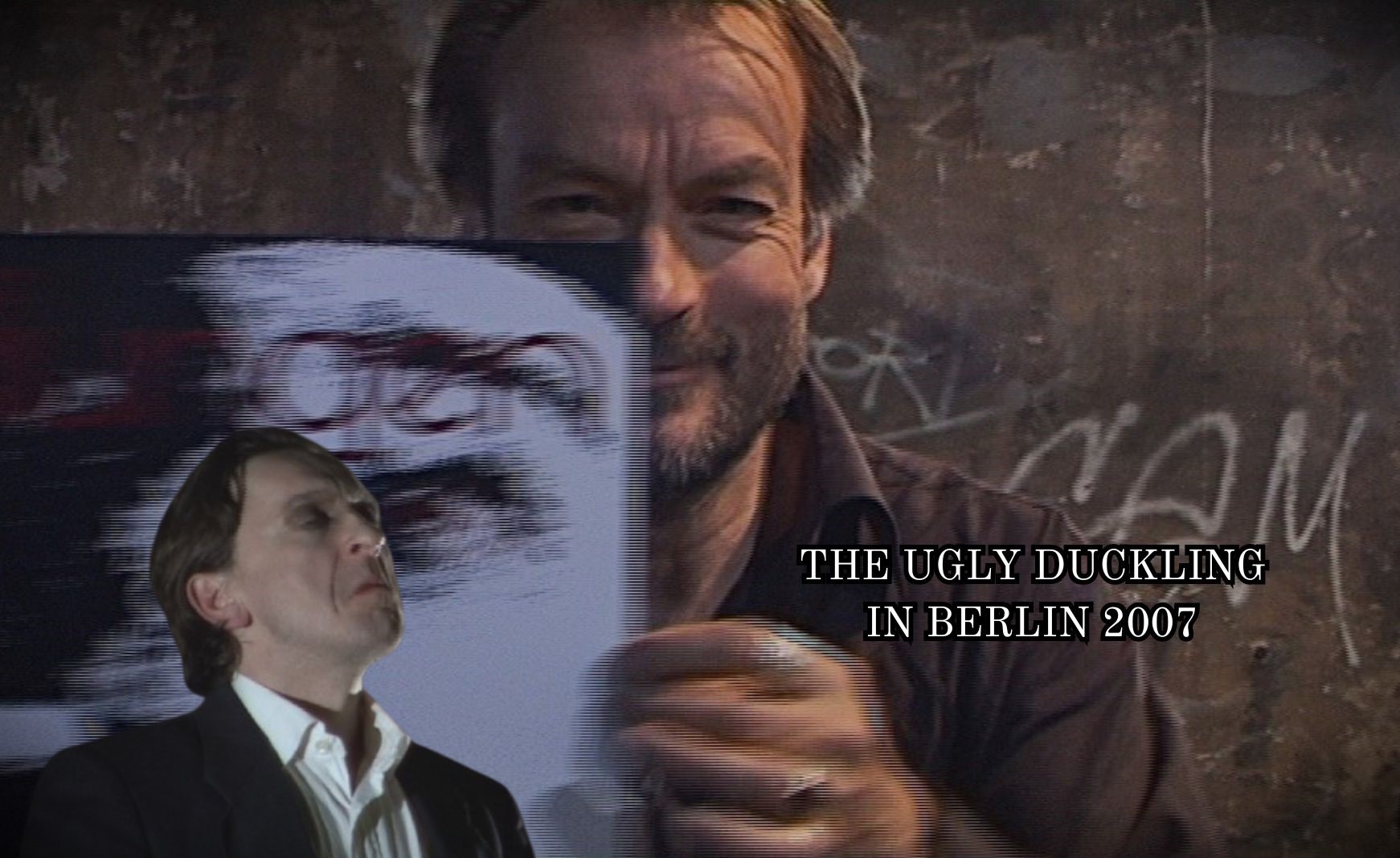

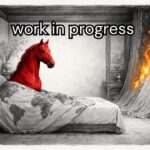


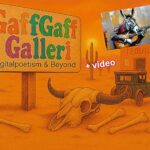
2 responses to “Film Retrospective: Lars Øyno and His Theatre of Cruelty (Part 1)”
[…] first met her in 2007 during Grusomhetens Teater’s production of The Ugly Duckling. She played a leading role as a cabaret pianist, and my understanding of what’s possible in this […]
[…] the success of The Ugly Duckling, Øyno embarked on a bold and daring new project, but this time with an all-female cast. He delved […]